As an Android developer here at Nubo, it’s a safe bet to assume that most of the time you can find me coding diligently at my desk. It’s rare that I get to experience a change of pace, so when my CEO asked me to join him at our booth for last week’s Cybertech 2015 conference I was game to put on different hat and venture out to connect with the outside world.
This year’s event drew information security professionals from all over the world including CISOs, CIOs, R&D execs, tech integrators, resellers and consultants. Not too long after the conference kicked off, I realized there wasn’t much time to “warm up” as flocks of curious attendees flooded the startup pavilion. Before I knew it I was a one-man VMI marketing machine! Whether they’d heard of Virtual Mobile Infrastructure yet or not, I welcomed the challenge of illustrating our security architecture and what makes it different from other enterprise mobility and security solutions.
At Nubo I focus on the front-end side of our mobile platform and how to maximize user experience. A large part of this is customizing the platform and our communications trunk for the Android OS. Our team also developed the Control Panel so that administrators can customize users and groups and other configurations in an easy and intuitive manner. We’ve also created a real-time, “WhatsApp” style messaging app so employees can communicate and collaborate with each other.
Above all, our main challenge is to design an app capable of working within a virtual environment, and give users the exact same experience they’re use to with their favorite consumer apps. Essentially Nubo is a virtual device located on a remote server which can be accessed by users’ mobile devices.
It’s been a long time since I’ve had the opportunity to see new faces and get out and connect with them in a less formal setting. It also gave me an opportunity to learn about the myriad of other emerging data protection innovations, such as malware scanning agents and customized OSs.
I met such a diversity of attendees that came from all over Europe (Holland, Spain, Germany, France, Ireland and the UK), Asia (Japan, South Korea, China), Canada, the United States and South Africa. Before I knew it I was a VMI marketing machine, emphasizing to all the unique value Nubo brings to enterprises and their employees.
It was a rewarding and enlightening experience. Meeting with fellow tech and mobility pros as well as consumers lets you hear first-hand what is most important to them, what their priorities are when it comes to working remotely and which mobile applications and features they need the most. This feedback always helps me in understanding the users’ needs and keeping this in mind in my work.
Also receiving such positive feedback from people showing genuine interest in what Nubo can do for their business makes me appreciate the work our team is doing that much more.
Although I’m content returning to the office and to my coding, I’d jump at the chance to get back out and connect with our peers in the vast and fascinating tech ecosystem.
See you at next year’s Cybertech conference!










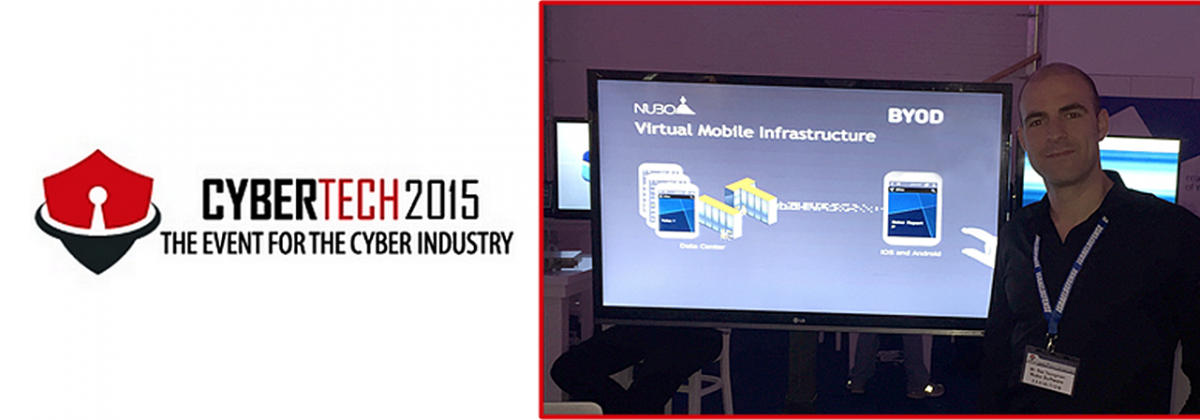
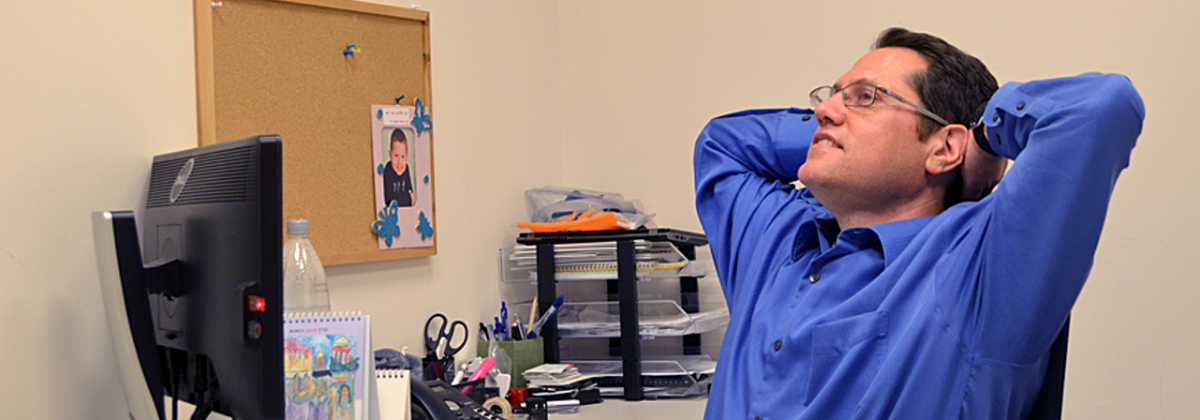
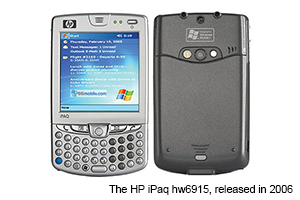

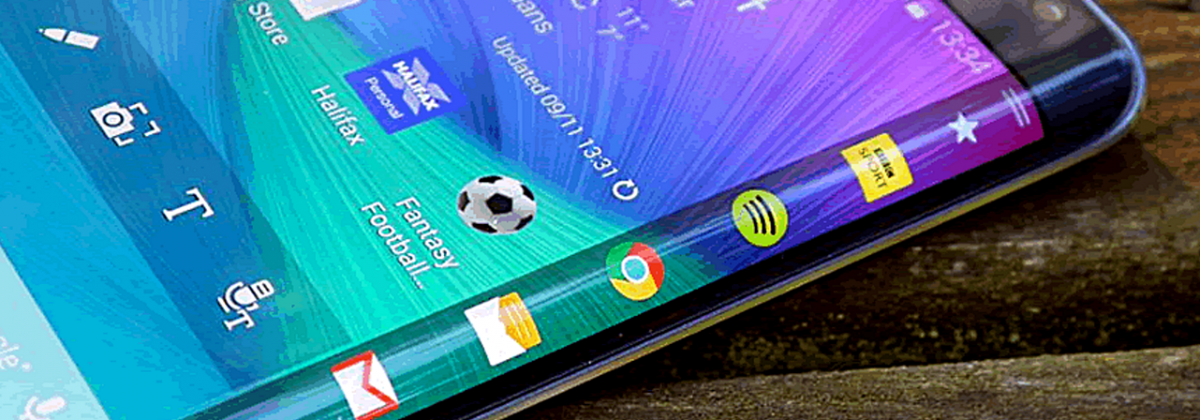
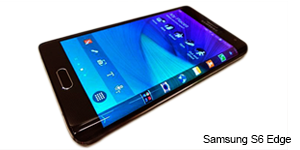 offerings, but its promised fast-charger claims it can boost your phone by 30 percent in 30 minutes. Both phones also have wireless charging built in. Although it won’t announce Samsung Pay for another few months, an improved fingerprint reader demonstrates a readiness to handle mobile payments.
offerings, but its promised fast-charger claims it can boost your phone by 30 percent in 30 minutes. Both phones also have wireless charging built in. Although it won’t announce Samsung Pay for another few months, an improved fingerprint reader demonstrates a readiness to handle mobile payments. the microSD card. You also get up to 30GB of free OneDrive storage. But for consumers and BYOD users who don’t want to fork over the kind of cash demanded by iOS and Android models, these Windows Phones offer an impressive incentive to give them a spin instead.
the microSD card. You also get up to 30GB of free OneDrive storage. But for consumers and BYOD users who don’t want to fork over the kind of cash demanded by iOS and Android models, these Windows Phones offer an impressive incentive to give them a spin instead. Swiss-based SGP Technologies first targeted security-conscious mobile professionals with the Blackphone last June. Its Blackphone 2 is a step up in design with an all-glass frame and larger HD display. It also includes more RAM and a longer lasting battery.
Swiss-based SGP Technologies first targeted security-conscious mobile professionals with the Blackphone last June. Its Blackphone 2 is a step up in design with an all-glass frame and larger HD display. It also includes more RAM and a longer lasting battery.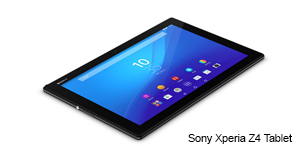 It seems like only a year ago the Xperia Z2 Tablet was announced at the last Mobile World Congress. Wait… yes… it was just a year ago! Then this past fall, the Z3 was unveiled. Now we’re being told to get ready for new Z4 Tablet, coming out in June. The Z4 however is more of a direct successor to the Z2 as the Z3 had a much smaller display and competed more so with the iPad mini. Running Android Lollipop 5.0, the Z4 Tablet has a 10.1-inch display and 6,000 mAh battery which promises 17 hours of video playback.
It seems like only a year ago the Xperia Z2 Tablet was announced at the last Mobile World Congress. Wait… yes… it was just a year ago! Then this past fall, the Z3 was unveiled. Now we’re being told to get ready for new Z4 Tablet, coming out in June. The Z4 however is more of a direct successor to the Z2 as the Z3 had a much smaller display and competed more so with the iPad mini. Running Android Lollipop 5.0, the Z4 Tablet has a 10.1-inch display and 6,000 mAh battery which promises 17 hours of video playback.